In today’s electronic landscape, identifying different types of capacitors is essential, especially with the prevalence of various materials used in their construction. Palladium capacitors, known for their durability and stability, have become increasingly popular.
This guide will delve into the intricacies of identifying palladium capacitors, providing a comprehensive understanding of their features and how to differentiate them from other capacitor types.
What Are Capacitors?
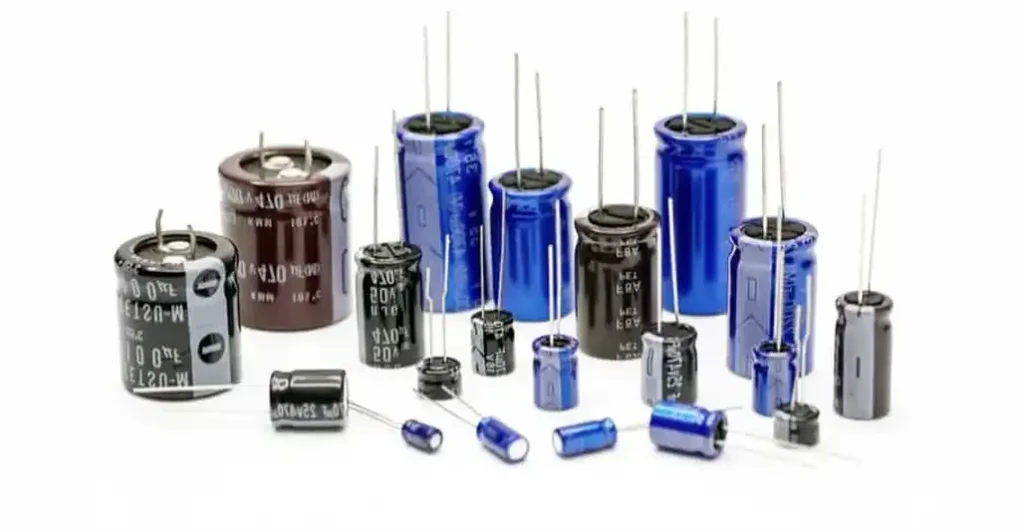
To begin our journey, let’s first understand the fundamental principles of capacitors. Capacitors store and release electrical energy, acting as passive electronic components essential in various circuits.
Types of Capacitors
Here’s a list of common types of capacitors:
Here’s a table listing the common types of capacitors along with their key characteristics:
| Type of Capacitor | Key Characteristics |
|---|---|
| Ceramic Capacitors | Compact size, high capacitance values, low cost |
| Electrolytic Capacitors | High capacitance values, electrolyte solution, suitable for power supply filtering |
| Film Capacitors | Excellent stability, high insulation resistance, low leakage current |
| Tantalum Capacitors | High capacitance density, stable electrical performance |
| Polymer Capacitors | Improved reliability, low ESR, high ripple current handling |
| Variable Capacitors | Adjustable capacitance values, manual or electronic control |
| Supercapacitors | High power density, rapid charge/discharge rates, long cycle life |
| Mica Capacitors | Excellent stability, low loss, high voltage tolerance |
| Glass Capacitors | High temperature stability, low dielectric absorption |
| Trimmer Capacitors | Precise adjustment of capacitance values, used in RF circuits and oscillators |
This table provides a concise overview of the common types of capacitors and their key characteristics, aiding in understanding their diverse applications and suitability for different electronic circuits and systems.
Ceramic Capacitors:
Ceramic capacitors are widely used for their compact size, high capacitance values, and low cost. They are suitable for bypassing, coupling, and filtering applications across a broad frequency range.
Electrolytic Capacitors:
Electrolytic capacitors utilize an electrolyte solution to achieve high capacitance values. They are available in both aluminum electrolytic and tantalum electrolytic variants and are commonly used for power supply filtering and energy storage.
Film Capacitors:
Film capacitors are constructed using thin plastic films as dielectric materials. They offer excellent stability, high insulation resistance, and low leakage current, making them suitable for precision applications such as audio circuits and signal conditioning.
Tantalum capacitors feature tantalum metal as the anode material, providing high capacitance density in a compact form factor. They are known for their stable electrical performance and are commonly used in portable electronic devices and telecommunications equipment.
Polymer capacitors utilize conductive polymer materials as electrolytes, offering improved reliability, low ESR, and high ripple current handling capabilities. They are ideal for applications requiring high-frequency performance and long-term stability.
Variable Capacitors:
Variable capacitors, also known as tuning capacitors, have adjustable capacitance values that can be manually or electronically controlled. They are commonly used in radio frequency (RF) circuits and tuning circuits to adjust resonance frequencies.
Supercapacitors:
Supercapacitors, also called ultracapacitors, are energy storage devices capable of storing and delivering large amounts of energy quickly. They feature high power density, rapid charge/discharge rates, and long cycle life, making them suitable for applications such as regenerative braking systems and backup power supplies.
Mica capacitors use mica as the dielectric material, providing excellent stability, low loss, and high voltage tolerance. They are commonly used in high-frequency and high-voltage applications such as RF amplifiers and microwave circuits.
Glass Capacitors:
Glass capacitors utilize glass as the dielectric material, offering high temperature stability and low dielectric absorption. They are suitable for precision applications requiring stable capacitance values over a wide temperature range.
Trimmer Capacitors:
Trimmer capacitors are variable capacitors designed for precise adjustment of capacitance values during circuit tuning and calibration. They are commonly used in radio frequency (RF) circuits, oscillators, and filters.
What Are Palladium Capacitors?
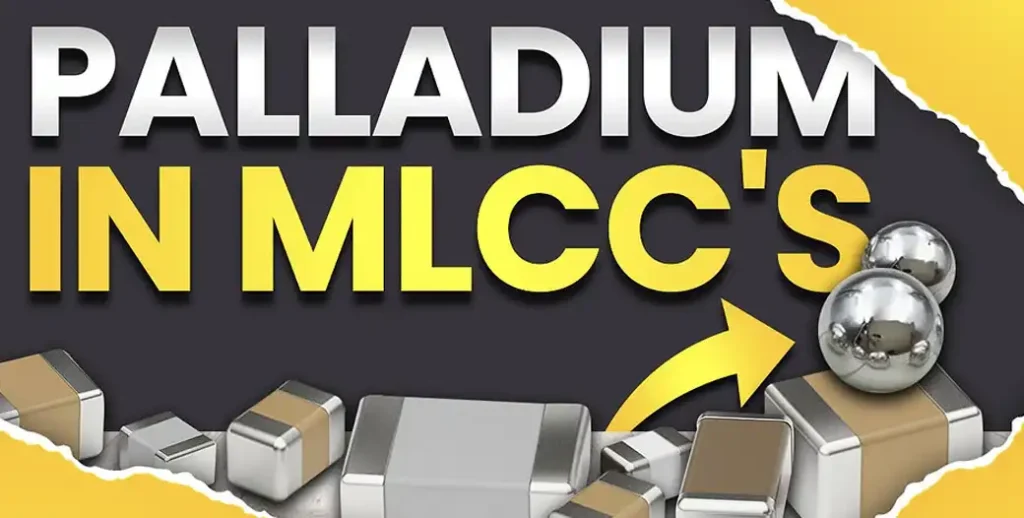
Palladium capacitors are a type of capacitor that utilizes palladium as part of their construction. These capacitors typically feature a ceramic base with palladium electrodes. Palladium is chosen for its stability and reliability, making palladium capacitors suitable for applications where durability is essential.
They are known for their compact size, high stability, and extended lifespan compared to other types of capacitors. Palladium capacitors also exhibit a wide temperature range tolerance, making them versatile for use in various environmental conditions.
Importance of Identifying Capacitors
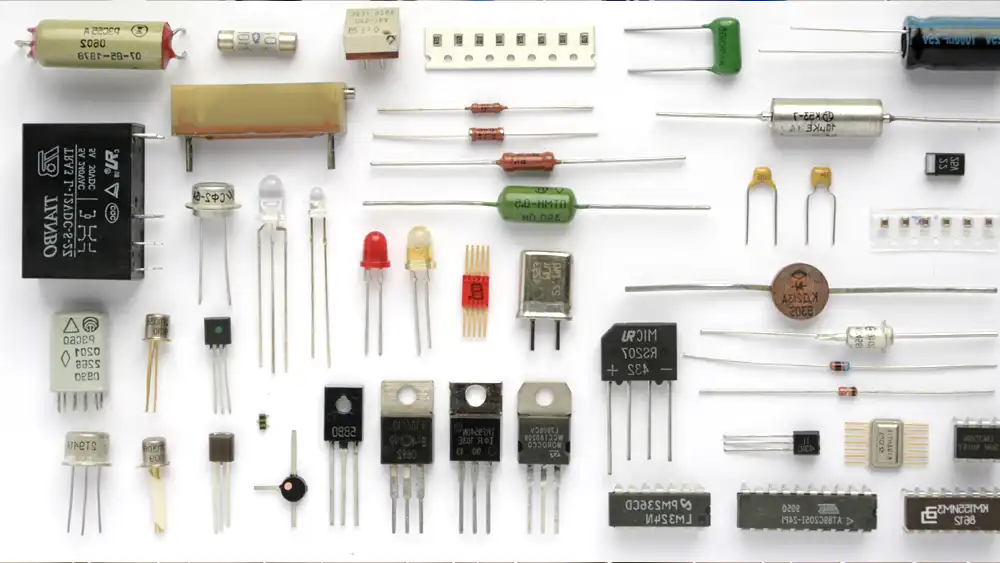
Identifying capacitors accurately holds significant importance in the realm of electronics for several reasons:
Troubleshooting:
When a circuit malfunctions or fails to perform as expected, identifying the specific type of capacitor used within the circuit is crucial. Different capacitor types possess distinct characteristics that can affect circuit behavior. By accurately identifying capacitors, engineers and technicians can pinpoint potential issues and troubleshoot effectively.
Maintenance:
In electronic systems and devices, regular maintenance is essential to ensure optimal performance and longevity. Capacitors are prone to degradation over time due to factors such as temperature fluctuations, voltage stress, and aging. By identifying capacitors correctly, maintenance professionals can assess their condition and replace them as needed, preventing potential system failures or performance degradation.
Circuit Design and Compatibility:
Capacitors play a vital role in circuit design, influencing parameters such as filtering, timing, and energy storage. Different capacitor types exhibit varying characteristics such as capacitance value, voltage rating, and frequency response. Identifying capacitors accurately allows designers to select components that meet the specific requirements of their circuit, ensuring compatibility and optimal performance.
Component Selection:
With the wide variety of capacitor types available in the market, selecting the right capacitor for a particular application can be challenging. By accurately identifying capacitors, engineers and designers can make informed decisions regarding component selection based on factors such as size, capacitance, voltage rating, and temperature tolerance. This ensures that the chosen capacitors meet the requirements of the application and contribute to overall system reliability.
Low Equivalent Series Resistance (ESR):
Palladium capacitors exhibit low ESR, which is beneficial in high-frequency applications where low impedance is critical. This characteristic ensures efficient energy transfer and minimizes power losses within the circuit.
High Frequency Response:
Due to their low ESR and minimal losses, palladium capacitors excel in high-frequency applications such as radio frequency (RF) circuits and telecommunications equipment. They maintain their capacitance value effectively across a wide frequency range, ensuring reliable performance in demanding applications.
Excellent Noise Suppression:
Palladium capacitors possess superior noise suppression capabilities, making them suitable for use in noise-sensitive circuits such as audio amplifiers and signal processing equipment. Their ability to filter out unwanted noise ensures clear and distortion-free signal transmission.
Long-Term Stability:
One of the hallmark characteristics of palladium capacitors is their long-term stability. They maintain their capacitance value and performance parameters over extended periods, even under harsh operating conditions. This reliability is essential in mission-critical applications where downtime is not an option.
RoHS Compliance:
Many palladium capacitors are manufactured using materials that comply with the Restriction of Hazardous Substances (RoHS) directive, making them environmentally friendly and safe for use in consumer electronics and other applications where regulatory compliance is necessary.
Wide Range of Capacitance Values:
Palladium capacitors are available in a wide range of capacitance values, allowing designers to choose the appropriate component for their specific application requirements. Whether it’s for decoupling, coupling, or energy storage, palladium capacitors offer versatility in meeting various capacitance needs.
Identifying Palladium Capacitors
Markings and Labeling
Palladium capacitors are often labeled with specific markings indicating their capacitance, voltage rating, and manufacturer information. These markings provide valuable insights into the capacitor’s specifications.
Visual Inspection
Visual inspection can also aid in identifying palladium capacitors. Their distinctive appearance, characterized by a ceramic body and metallic terminals, sets them apart from other capacitor types.
Testing Procedures
For conclusive identification, testing procedures such as capacitance measurement and voltage testing can be employed. These tests validate the capacitor’s specifications and ensure compatibility with the intended application.
MLCC Capacitor Palladium
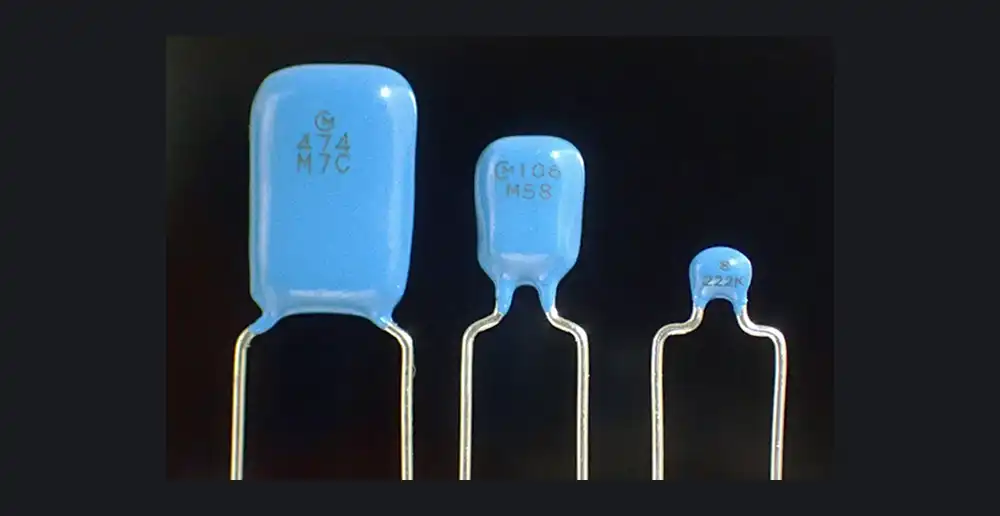
The term “MLCC capacitor palladium” refers to a specific type of multilayer ceramic capacitor (MLCC) that incorporates palladium as part of its construction.
MLCCs are capacitors composed of multiple layers of ceramic material with alternating layers of metal electrodes, typically made of palladium or silver. These capacitors are known for their compact size, high capacitance density, and excellent high-frequency performance.
The addition of palladium electrodes in MLCC capacitors enhances their stability, reliability, and temperature tolerance. Palladium is chosen for its superior electrical conductivity and resistance to oxidation, making it ideal for use in electronic components subjected to varying environmental conditions. MLCC capacitors with palladium electrodes are commonly used in a wide range of electronic applications, including smartphones, computers, automotive electronics, and telecommunications equipment.
MLCC capacitor palladium variants offer engineers and designers a reliable and efficient solution for circuit miniaturization, high-frequency filtering, and energy storage requirements.
Ceramic Capacitor Palladium
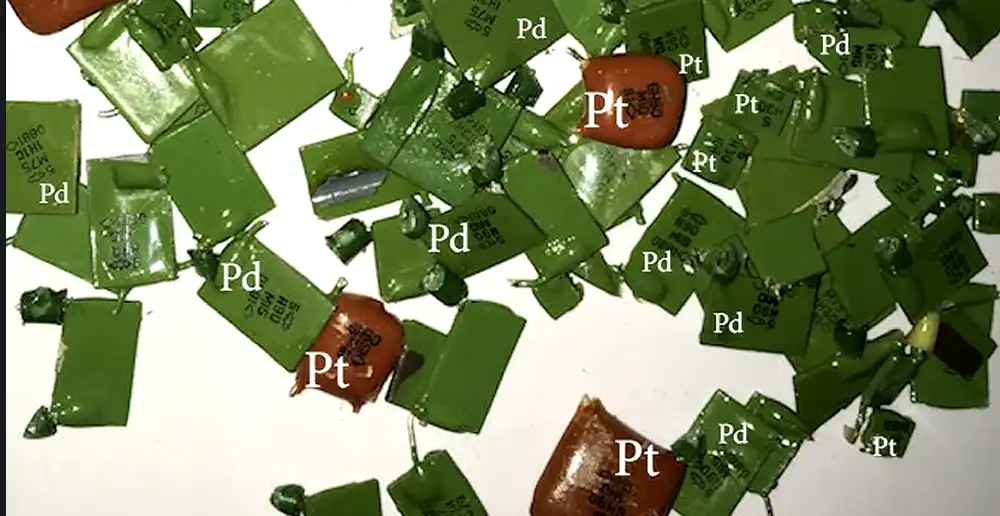
A ceramic capacitor with palladium electrodes combines ceramic material with palladium electrodes in its construction. These capacitors are recognized for their stability, reliability, and compact size. The ceramic base provides insulation between the electrodes, while palladium, a precious metal, serves as the conducting material.
Ceramic capacitors with palladium electrodes are commonly used in electronic circuits where space is limited and reliability is crucial. Their compact size makes them suitable for applications in consumer electronics, automotive systems, medical devices, and telecommunications equipment.
Palladium’s properties, such as high conductivity and resistance to corrosion, enhance the performance and longevity of these capacitors. They exhibit low equivalent series resistance (ESR) and excellent high-frequency characteristics, making them ideal for filtering, coupling, and decoupling applications in various electronic circuits.
Ceramic capacitors with palladium electrodes offer a dependable solution for designers and engineers seeking compact and reliable components for their electronic designs.
Monolithic Ceramic Capacitors Palladium Recovery

Palladium recovery from monolithic ceramic capacitors (MLCCs) has become increasingly important due to the rising demand and value of this precious metal. MLCCs, widely used in electronics, often contain palladium electrodes, making them a potential source for valuable secondary raw materials.
The process of recovering palladium from MLCCs typically involves several steps. First, the capacitors are carefully dismantled to separate the palladium-containing electrodes from the ceramic substrate. This can involve mechanical processes such as crushing or grinding. Next, the separated materials are subjected to a series of chemical treatments to dissolve the palladium. Common methods include leaching with strong acids like nitric acid or aqua regia.
Once the palladium is dissolved, it needs to be separated from other metals and impurities present in the solution. Various techniques can be employed for this purpose, such as precipitation, solvent extraction, and ion exchange. The recovered palladium can then be further refined to achieve the desired purity level, often through processes like electrolysis or chemical reduction.
FAQs
What are the key characteristics of palladium capacitors?
Palladium capacitors are known for their stability, compact size, and wide temperature range tolerance.
How do I identify a palladium capacitor?
You can identify palladium capacitors by examining their markings, visual appearance, and conducting testing procedures for verification.
Are palladium capacitors suitable for high voltage applications?
Yes, palladium capacitors come in varying voltage ratings, making them suitable for both low and high voltage applications.
Can palladium capacitors be used in harsh environments?
Yes, palladium capacitors’ wide temperature range tolerance makes them suitable for harsh environmental conditions.
Are palladium capacitors more expensive than other types?
While palladium capacitors may have a higher initial cost, their extended lifespan and reliability justify the investment in the long run.
Where can I purchase palladium capacitors?
Palladium capacitors are available through electronic component suppliers and online marketplaces, ensuring accessibility for various projects and applications.
Conclusion
In conclusion, identifying palladium capacitors is essential for harnessing their unique advantages in electronic circuits and systems. By understanding their characteristics and employing proper identification techniques, engineers and enthusiasts can leverage palladium capacitors for enhanced performance and reliability.